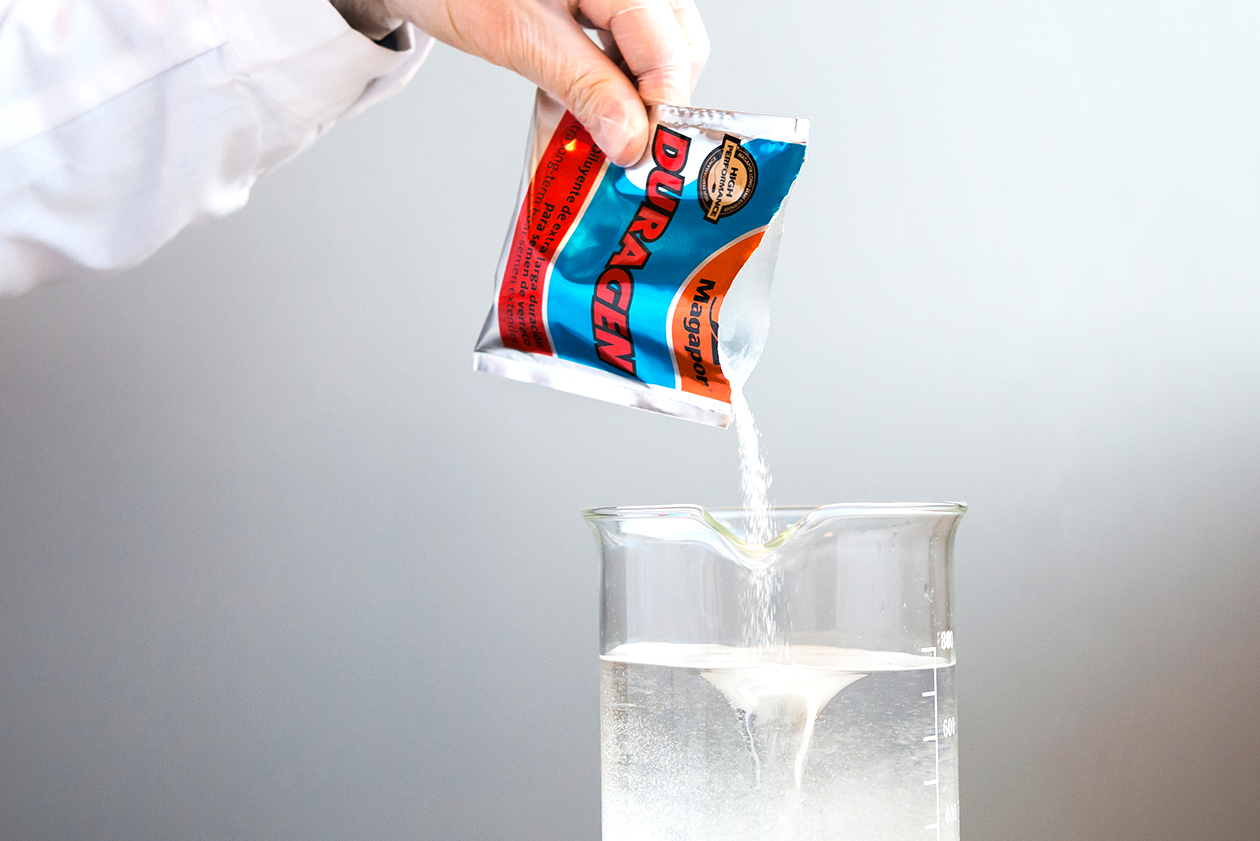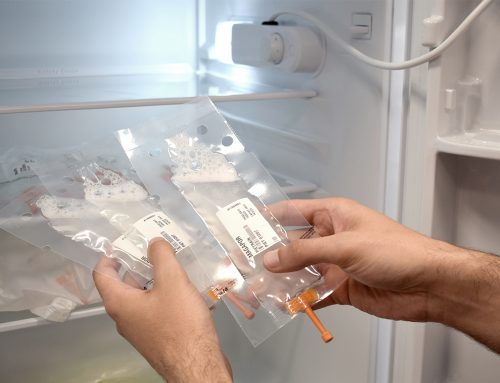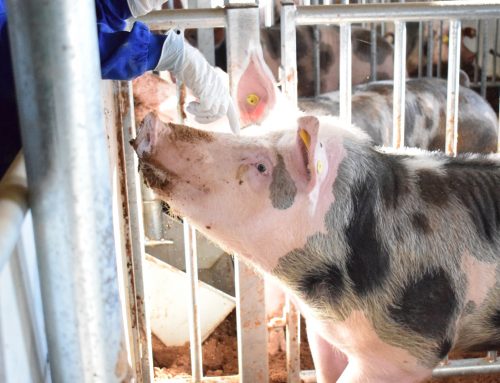Going back to the technical articles in our Blog, we will continue with a series of tips and aspects to be taken into account during the dilution phase and the temperature decrease of the seminal doses before transporting them to customers.
We must bear in mind that, something apparently as simple as dilution, will allow us to increase the number of sows to be inseminated with a single ejaculate, so it is worth giving it great importance.
Around the moment of dilution, multiple mistakes may affect the quality of our doses and, therefore, it is a process that causes insecurity in the boar stud operators. So it is very important to know all the distinctive features of swine sperm to avoid the uncertainty generated by the dilution and the decrease of temperature.
Throughout these blog entries we will address the characteristics of swine spermatozoa that make it so sensitive to temperature changes or contrasts, its “resistance” or “endurance” when preserving without dilution until the moment of extension, and other aspects that condition the dilution process.
The temperature of the ejaculate at the moment of collection is 37 ° C, in which the sperm metabolism is at its maximum level. Therefore, we must reduce it to maintenance levels. After ejaculation, sperm motility and vitality will be preserved only for a few hours. To avoid early loss of these and prolong sperm survival, this metabolic activity must be reduced. For this, there are 2 main tools:
- The first one is the addition of extender, as its components will prolong the service life of the spermatozoa.
- The second is to progressively decrease the temperature until reaching 15-17ºC, in which the spermatozoon is in a basal metabolic state.
Using both tools is how we will lead the sperm cell to a “lethargic state” and it helps to keep it in perfect condition until the moment of insemination.
In this first entry, we will explain the physiological and biochemical reasons why temperatures should be controlled during sperm processing and should be carried out as soon as possible.
One of the main paradigms in the processing of swine semen is that the temperature changes during the dilution process could have a negative effect on seminal quality. Therefore, when extending, there should not be a difference greater than ± 1-2 ºC between the pure ejaculate and the extender.
This paradigm is based on the possible damage of the sperm membrane. Swine spermatozoa are very sensitive to cold thermal shock, temperature fluctuations and large temperature differences between extender and semen.
This is because the swine sperm membrane has a composition of phospholipids different from those of other mammalian species, with a lower percentage of phosphatidylcholine, and higher phosphatidylethanolamine and sphingomyelin, and more importantly, the percentage of cholesterol. As cholesterol-phospholipid ratio is very low and it is distributed asymmetrically (being more present in the external monolayer than in the internal one), it makes the internal one especially sensitive to cold shock.
Therefore, quick cooling is associated with the thermotropic phase transition in the lipids of the sperm membrane, producing damage that cannot be reversed. Then, quick cooling makes the sperm membrane pass from a fluid condition to gel, becoming increasingly rigid and being damaged more easily, which are irreversible changes.
The temperature ranges at which changes in membrane lipids occur are between 10ºC and 30º. Temperatures below this phase are accompanied by:
- increase in the permeability of the membrane with the consequent loss of cations
- reduction of enzymatic activity
- alteration of membrane proteins
Likewise, when the ejaculate is maintained at high temperatures, without the preservative effect of the extender and for a long period of time (between 20-40 minutes), irreversible changes also take place in the sperm membrane, producing the release of enzymes, cations, …
In the following entries, we will address:
- different dilution techniques (1-step or 2-step isothermal dilution and 2-step hypothermic one)
- how the degree of dilution could affect and the addition of semen-extender or extender-semen
- cooling rate of the doses to reach the storage temperature (15-17ºC).
At the end of the last entry we will publish all our information sources.
We hope these could be interesting for you.
Technical Department of Magapor, S.L.




